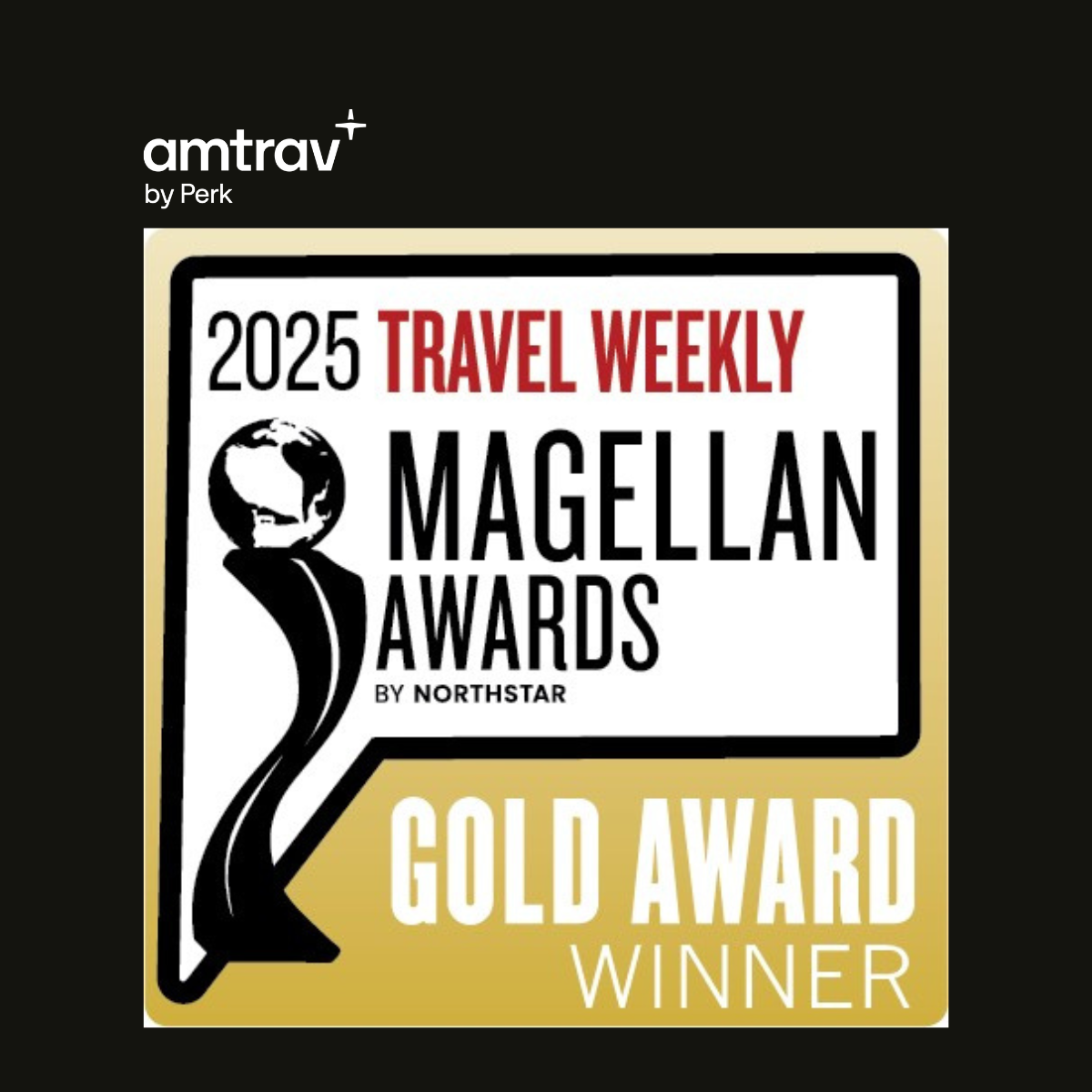Guest post by our own Kyle Harrison – Account Manager
Nowadays the options for paying for travel are plentiful. This begs the question: what is the best way? Well, I’m not sure there’s a “best” way, but there is an option out there that can work best for you or your company.
The majority of customers I manage all have a single credit card or ghost card on file that pays for all travelers’ airfare, with the exception of executives (who most of the time prefer to use their own credit cards). In these cases, the travel manager from that company receives an invoice from us on each airfare so it can be reconciled. Although this option might make a traveler’s life easier by not having to worry about their own payment, this can create extra work for the travel manager who ultimately has to reconcile all of those airfare charges. Perhaps in some cases the travelers are still responsible for submitting an expense report on the back-end, but those charges are all ending up on a single credit card so they ultimately have to still get reconciled by someone.
When a company has a single credit card built/stored into their booking tool it can be beneficial for their travel management company because it mandates the use of that TMC. Because a credit card is built into a company travel policy with a TMC like AmTrav, travelers must then book using AmTrav to have that airfare paid for by the company card. When travelers have the freedom of using their own form of payment, it gives travelers opportunities to book outside of the approved TMC and/or travel policy. Having a single card on file only accessible through the TMC helps mandate the travel program, which not only helps the TMC, but helps the travel manager/company ensure that they are receiving all data on their travelers.
It all boils down to company culture and travel policy. I mentioned that I have a lot of clients who store single credit cards on file and pay for all employee airfare and I also have some who do the opposite and make travelers pay for travel themselves. In most cases, these are work issued credit cards that are given to the travelers, but not always. I have also seen companies mandate that a traveler use a personal credit card of their own to pay for travel and get reimbursed. In cases where a traveler does not have enough personal flexible credit to use for work purposes, I’ve seen the company step in and accommodate that traveler by assisting with payment.
Almost all the companies that I manage cover the hotel payment for their travelers. The majority of these clients are using single-use virtual cards to pay for each hotel stay. The virtual card is created in the traveler’s name, for an exact amount (plus buffer for tax) which can only be used at the hotel, making them very secure. Additionally, I still have a few clients who have us send credit card authorizations on a single credit card to cover a hotel payment. However, we still see a lot of clients making the travelers pay for their hotels on their own credit card to eventually be reimbursed.
As you can see, the payment options can feel endless. To me, the way a company chooses to pay for travel is all up to company culture and travel policy. With so many options available, it is bound to be different for every company/organization.

Cassie Sclafani




